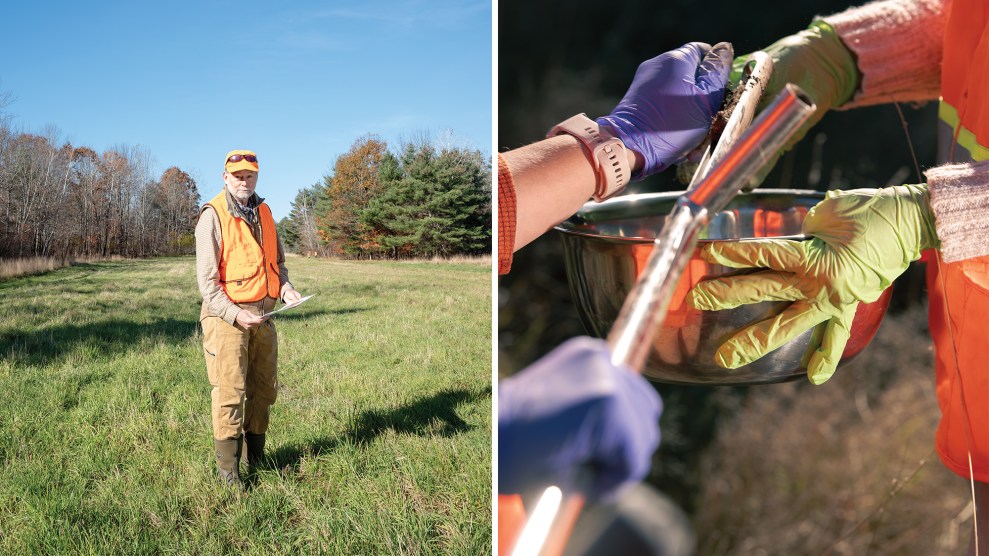Fair Trade Coffee
Is it really fair to the farmer?
fair trade coffee costs more because its farmers are paid more, right? Yes, a little. Fair trade pays farmers either the world market price, plus an extra 10 cents per pound—or, when the market price falls below a certain point, a minimum price. Between 2001 and 2007, the market price for a pound of Arabica never rose above $1.25, so the fair trade minimum wage of $1.20 per pound worked. But in recent years, the price reached $1.60, while fair trade upped its minimum only to $1.25. The raise resembles “an economy where everybody’s paid $15 an hour and they raise the minimum wage from $4.50 to $5.50,” said TransFair usa spokesman Anthony Marek. “It’s like an insurance policy.” But in practice, when the volatile prices of Arabica nose-dive, as they did in 2008 from $1.59 to $1.25, the superlow “insurance policy” of $1.25 leaves farmers in for a rude awakening.
have a problem? Oh yes, you do. Go to motherjones.com/consumer-retorts to vent about annoying products and corporate policies. Selected entries will get MoJo swag.
















